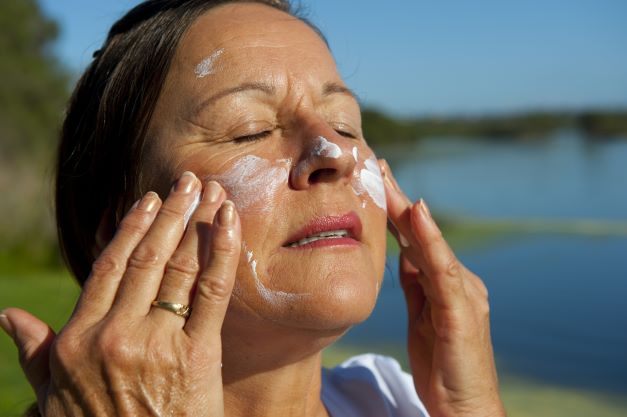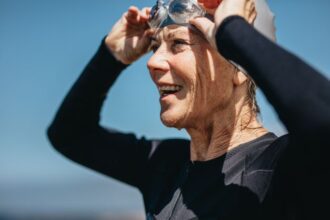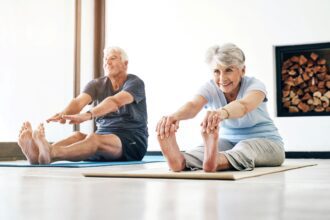Sun and skin protection tips this summer
Did you know that Australia has one of the highest rates of skin cancer in the world? Every year, there are over 2,000 people that die from skin cancer in Australia. This disease is almost entirely preventable. By following these sun and skin protection tips you can easily and simply reduce your risk of developing skin cancer.
The advice from the experts is that when UV levels reach three and above, you protect your skin in five ways for maximum protection—Slip, Slop, Slap, Seek and Slide.


- Slip on clothing that covers as much skin as possible; it’s one of the best barriers between your skin and the sun.
- Slop on a SPF 30 or higher, broad-spectrum sunscreen 20 minutes before going outdoors, and reapply regularly.
- Slap on a hat that provides protection to your face, neck and ears.
- Seek shade when outdoors. Staying under a tree and umbrella can reduce your overall exposure to UV radiation.
- Slide on some sunglasses that are close fitting, wraparound and cover as much of the eye area as possible.
However, the sun and skin protection tips don’t stop there. There are other things you can do to ensure a hassle-free day in the sun, avoid unwanted sunburn and skin damage and enjoy a more relaxing and stress-free summer.
Use a good quality sunscreen
One of the most important things you can do to protect your skin in summer is to use a good sunscreen. A sun protection factor (SPF) of 30 or higher is recommended. The higher this number is, the better the protection it provides.
Apply sunscreen correctly
Adults should apply at least a teaspoon to each arm and leg and front and back of their body, and approximately half a teaspoon to their face, neck and ears. Sunscreen needs to be applied at least 20 minutes before heading outside and it must be reapplied every 2-4 hours. If you are swimming or sweating a lot it needs to reapplied more frequently.
Wear a hat
Wearing a broad-brimmed hat, not only covers your face, but your ears and neck as well.
Wear sunglasses
Your eyes can also be damaged by the sun’s harmful UV rays, therefore wearing sunglasses to protect them is very important. Make sure when buying sunglasses you select the ones that block UV radiation, to protect your eyes.
Wear suitable clothing
Wear clothing that covers as mush skin as possible, for example, long sleeved and collared. Clothing that is made from fabrics with a higher weave density or darker colours will also protect your skin better than sheer and lighter coloured fabrics.
Be aware of cloudy weather
You can still get sunburnt on a cool and/or cloudy day. As there is still UV radiation on these types of days, you will need to take precautions when outside.
Keep hydrated
Keeping hydrated in the Australian summer heat is very important. Any summer activity should be accompanied with regular water consumption. Pack water with you on a day out, extra water for the extra hot days. If you don’t want hot water on the day, freeze your water the night before to ensure it stays cold longer.
Seek shade
Seek shade when and where possible. Staying in the shade as much as possible, especially during the sun’s peak hours of 10am – 4pm will assist with less direct sun exposure and help keep you cooler.
Treat sunburn carefully
If you unfortunately do get sunburn, make sure to treat it with caution. Start by staying well hydrated, shower with cooler water and less soap and keep out of the sun for serval days to allow your skin to heal.
Monitor your skin
If you notice any changes in your skin, such as a new mole or change in shape, colour, or size to existing moles, make an appointment at your local GP or skin clinic to get it checked.
By following these simple tips, you can enjoy all that summer has to offer without putting your skin at risk. Remember to wear sunscreen, protective clothing, and seek shade as a minimum and you’ll be sure to have a fun and safe summer season!
Sources:











